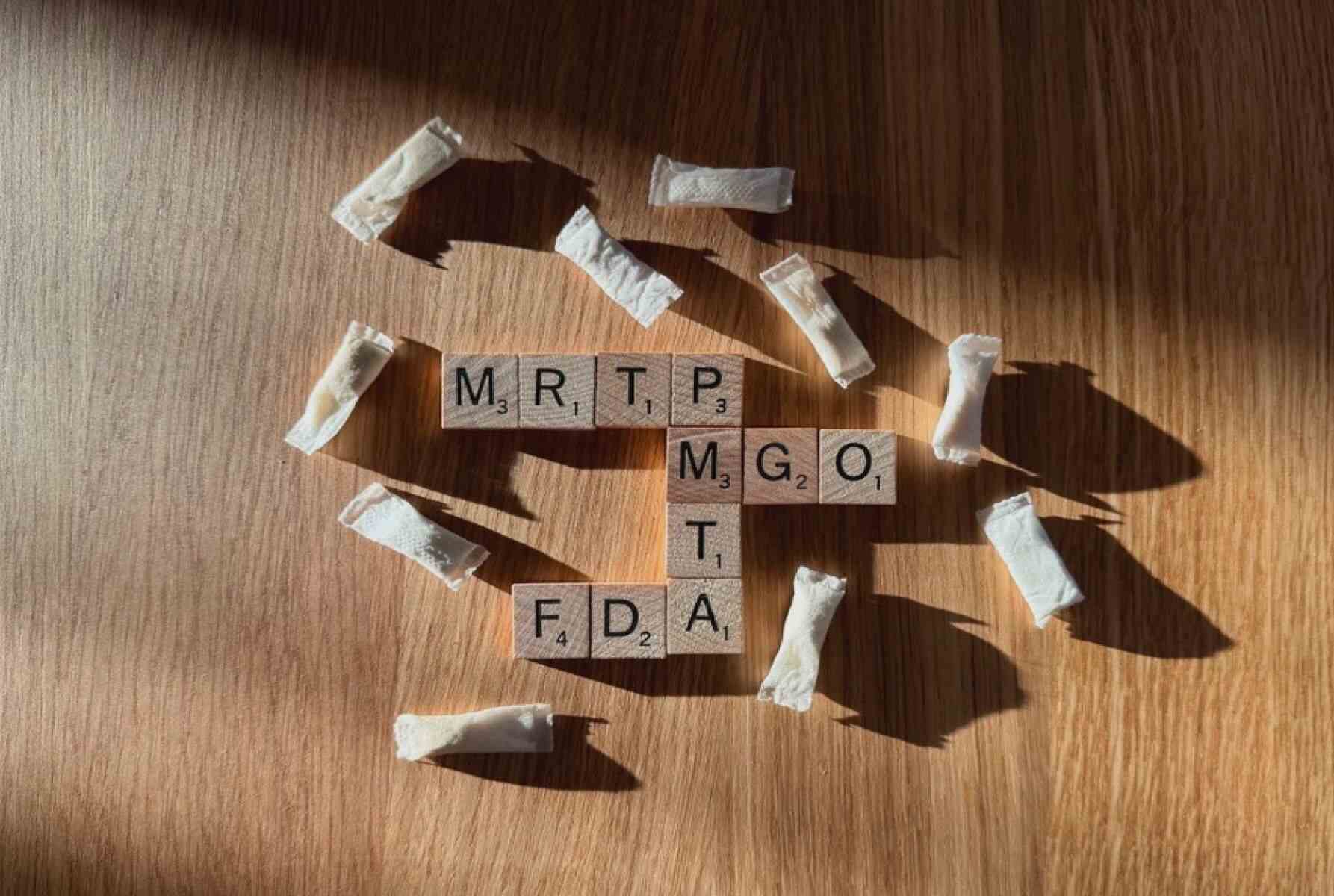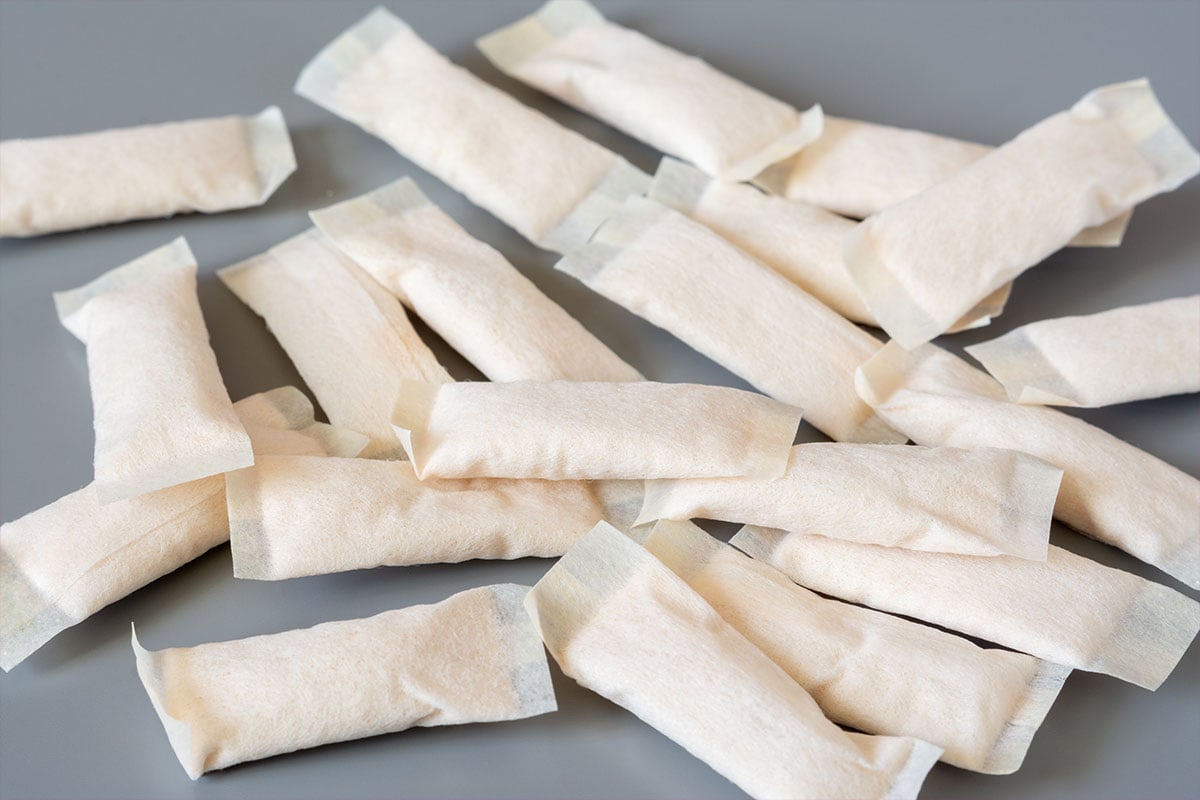Decoding FDA Oversight: PMTAs, MGOs, & MRTPs Explained
In the world of the U.S. Food and Drug Administration's (FDA) nicotine regulation, 3 acronyms carry enormous weight: PMTA, MGO, and MRTP. Together they are the gatekeepers of scientific integrity, public health policy, and consumer access to new products.
If you’ve ever wondered why some products are allowed on the U.S. market while others vanish overnight, these are the terms to understand.
Key Takeaways
- When science-based products are stuck in limbo, smokers lose access to potentially lower-risk alternatives. Regulatory clarity is a win for public health.
- PMTAs, MGOs, and MRTPs are the best tools we have to ensure that new products are evaluated on evidence.
- PMTA = Premarket Tobacco Application
- MGO = Marketing Granted Order
- MRTP = Modified Risk Tobacco Product
- As the FDA optimizes its review process and has announced a fast-track for nicotine pouches, the hope is that science will lead the way.
- All products sold on Nicokick have MGOs or PMTAs either approved or under review by the FDA.
What is a PMTA?
The Premarket Tobacco Product Application (PMTA) process is required for all tobacco and nicotine products before they can be legally sold in the U.S. If a product wasn’t on the market before February 15, 2007, it needs FDA review. No exceptions.
The PMTA pathway is not a formality. Manufacturers must climb this regulatory Everest by submitting a complex scientific dossier to prove their products are “appropriate for the protection of public health.”
The PMTA process doesn’t exist to ban new forms of nicotine. It was designed to regulate them responsibly. The FDA isn’t asking manufacturers to prove their products are harmless, but they need to demonstrate that they’re better alternatives than tobacco products that are known to cause harm.
- A lot. It is an expansive dossier divided into 7 modules that can span thousands of pages.
- Ingredient composition
- Manufacturing standards
- Environmental impact
- Toxicological profiles
- Use patterns (e.g., does it help smokers switch)
- Behavioral impact (e.g., likelihood of youth uptake, likelihood that adult consumers will switch completely to the less harmful products)
- Population-level health effects
- Post-market surveillance
The FDA evaluates this evidence to determine whether the product reduces harm compared to existing tobacco products and considers its impact on both users and non-users.Years. The process involves multiple rounds of review, public comment, and often supplemental data requests. It’s a marathon, not a sprint.
What is an MGO?
Once a PMTA is approved, the FDA issues a Marketing Granted Order (MGO). This is the official authorization to sell the product in the U.S. It’s not an endorsement—it’s recognition that the product meets the public health standard—but that’s not where the regulatory oversight ends.
An Important Caveat
An MGO is conditional, not permanent. Manufacturers are obligated to monitor and report any adverse events, submit detailed annual reports (sales, marketing practices, consumer demographics and usage patterns), and monitor youth access and appeal.
If new evidence emerges or post-market surveillance reveals unexpected risks, an MGO can be rescinded. This ensures that authorized products continue to meet the public health standard. It’s especially critical for novel nicotine products, where long-term data are still emerging and youth protection is a top priority.
What is an MRTP?
The Modified Risk Tobacco Product (MRTP) pathway is separate and even more challenging than the PMTA process. It allows manufacturers to make claims like “reduced harm” or “lower risk” compared to cigarettes, but only if they can prove it.
- An existing MGO
- Clinical studies
- Long-term epidemiological data
- Consumer perception research
- Evidence that the claims won’t mislead consumers or encourage youth use
MRTPs are rare. Most products on the market today—even those authorized via PMTA—do not have MRTP status. That means they can’t legally claim to be safer, even if the science suggests they are. To date, just 4 brands have met the threshold.
A New Chapter: The FDA's Nicotine Pouch Review Program
In September 2025, the FDA announced a new initiative to streamline PMTA reviews for nicotine pouches. This category has grown rapidly but remains in regulatory limbo, with just 20 authorized products to date. Those products were only green lit after a 5-year review.
So, what's changing?
- Dedicated review teams for pouch applications
- Standardized templates to reduce back and forth
- Improved transparency for applicants
This move signals a shift toward efficiency without sacrificing scientific rigor. It’s recognition that nicotine pouches deserve timely scientific evaluation and that due to their simplicity relative to other novel products, they deserve a faster review.
Our Stance
All products sold on Nicokick have MGOs or PMTAs under review by the FDA.












